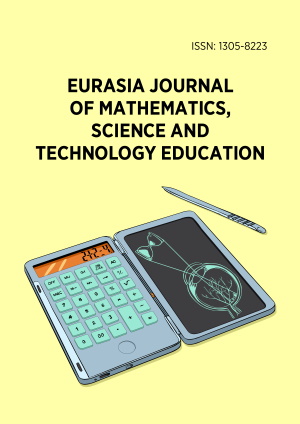Abstract
This study examines the evaluation of science, technology, engineering, arts, and mathematics (STEAM) education within the architecture curriculum. By discussing the application and impact of STEAM education in the architecture curriculum, this study aims to clarify its role in improving the quality of architecture education. Taking the decision-making trial and evaluation laboratory (DEMATEL) approach, this study also assesses the degrees of association and influence between various components of STEAM education in the architecture curriculum. It is found that the engineering course group has the highest centrality, while the arts course group has the lowest. This study emphasizes the strengthening of the leading role of the arts course group and provides suggestions. This study not only reveals the mutual impact relations between different components of STEAM education in architectural education but also provides practical implications and possible research directions for educational practice, offering a scientific basis and practical guidelines for promoting innovation and development of architectural education.
License
This is an open access article distributed under the Creative Commons Attribution License which permits unrestricted use, distribution, and reproduction in any medium, provided the original work is properly cited.
Article Type: Research Article
EURASIA J Math Sci Tech Ed, Volume 21, Issue 10, October 2025, Article No: em2722
https://doi.org/10.29333/ejmste/17251
Publication date: 09 Oct 2025
Article Views: 640
Article Downloads: 420
Open Access References How to cite this article
 Full Text (PDF)
Full Text (PDF)